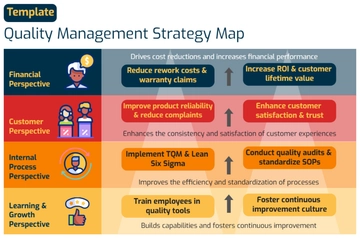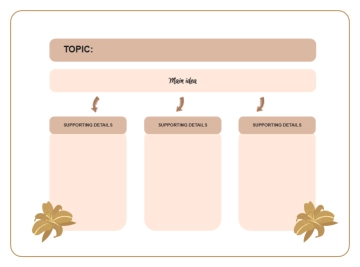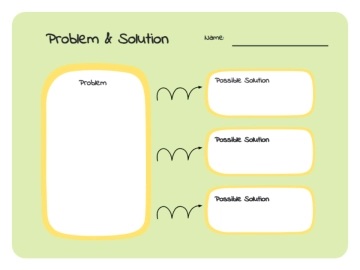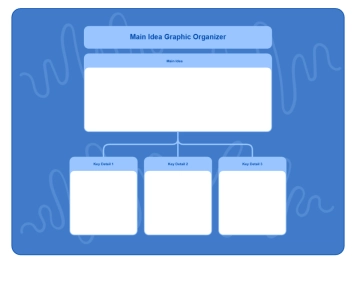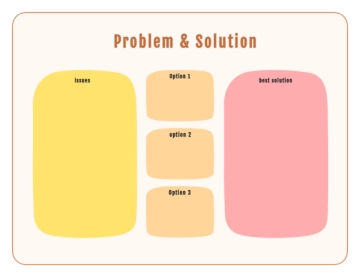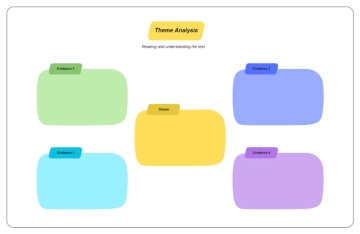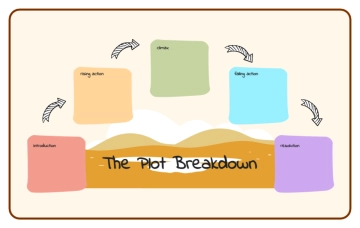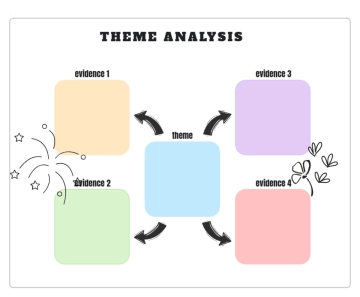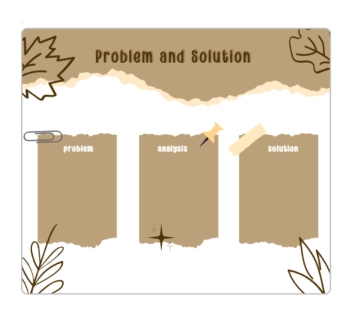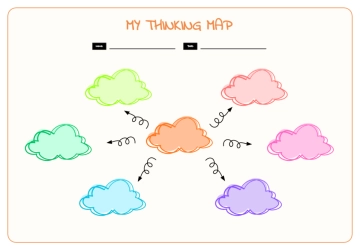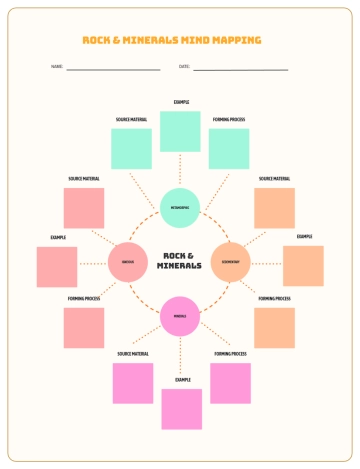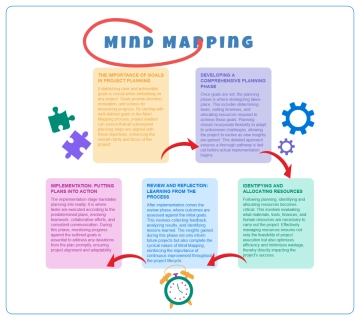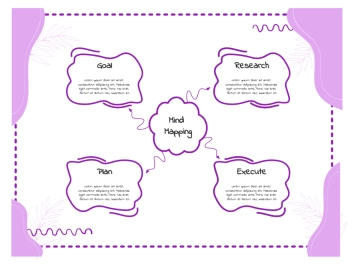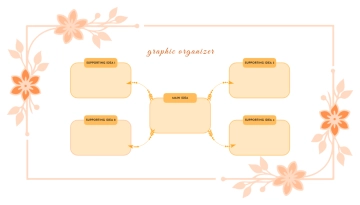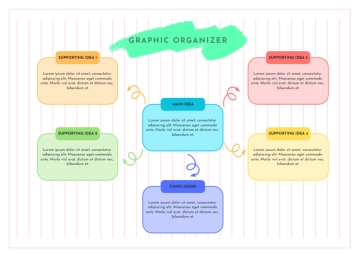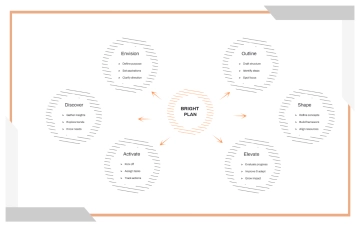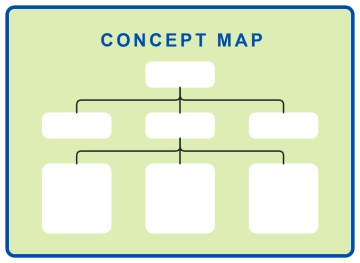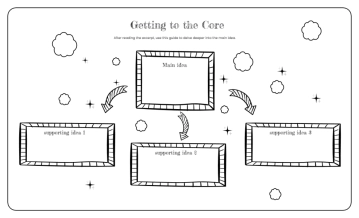Free Strategic Partnership Plan

Company: | Department: | Prepared by: |
|---|---|---|
[YOUR COMPANY NAME] | [YOUR DEPARTMENT] | [YOUR NAME] |
I. Executive Summary
The Executive Summary encapsulates our strategic approach to forming partnerships, emphasizing our commitment to accelerating growth, fostering innovation, and maximizing value creation through collaborative efforts. By outlining clear objectives and strategies, this plan sets the foundation for fruitful partnerships that align with our organizational goals and enhance our competitive advantage in the market.
II. Introduction
A. Background
[YOUR COMPANY NAME] is a leading provider of [PRODUCT/SERVICE] with a strong presence in the [INDUSTRY/SECTOR]. As part of our strategic growth plan, we are seeking to establish strategic partnerships to expand our reach and enhance our capabilities.
B. Purpose
The purpose of this plan is to outline our approach to identifying, establishing, and managing strategic partnerships. By collaborating with like-minded organizations, we aim to accelerate our growth, drive innovation, and create value for our customers and stakeholders.
III. Strategic Objectives
A. Objective 1: Identify Potential Partners
Identify partners with a strong market presence and complementary products/services.
Conduct market research to identify potential partners in target markets.
Assess potential partners' values, goals, and cultural fit.
B. Objective 2: Establish Collaborative Relationships
Develop clear partnership agreements outlining roles, responsibilities, and expectations.
Establish regular communication channels to ensure alignment and transparency.
Define a governance structure to manage the partnership effectively.
C. Objective 3: Leverage Resources and Expertise
Identify resources and expertise that can be shared among partners to enhance capabilities.
Facilitate knowledge transfer and training programs to build partner capacity.
Create an innovation hub where partners can collaborate on new ideas and solutions.
IV. Strategic Initiatives
A. Initiative 1: Market Expansion
Action Item | Timeline | Responsible Party |
|---|---|---|
Identify target markets | Q3 2054 | Business Development Team |
Explore partnership opportunities | Q4 2054 | Partnerships Manager |
Develop marketing strategies | Q1 2055 | Marketing Team |
B. Initiative 2: Innovation and Product Development
Action Item | Timeline | Responsible Party |
|---|---|---|
Collaborate on new product development | Ongoing | R&D Team, Partnerships Manager |
Launch pilot programs | Q2 2055 | Product Development Team |
Evaluate pilot results | Q3 2055 | Partnerships Manager |
C. Initiative 3: Cost Reduction and Efficiency
Action Item | Timeline | Responsible Party |
|---|---|---|
Identify cost-saving opportunities | Q2 2054 | Finance Team, Operations Team |
Implement cost-saving initiatives | Q3 2054 | Cross-functional Team |
Monitor and evaluate initiatives | Ongoing | Operations Manager |
V. Implementation Plan
A. Timeline and Milestones
Timeline: The implementation of the Strategic Partnership Plan will commence in Q3 2054 and continue through Q4 2055.
Milestones: Key milestones include partner identification, agreement negotiation, and implementation of collaborative projects.
B. Budget and Resource Allocation
Budget: The budget allocated for partnership development and management is $500,000, which includes expenses for market research, partner identification, agreement negotiation, and implementation of collaborative projects. This budget has been carefully planned to ensure optimal resource allocation and cost-effectiveness in achieving our partnership objectives.
Resource Allocation: Human resources from the Business Development, Marketing, and Operations teams will be dedicated to partnership initiatives.
VI. Risk Management
A. Identification and Assessment
Risk Identification: Potential risks include partnership conflicts, resource constraints, and market uncertainties.
Risk Assessment: Risks will be assessed based on their impact and likelihood of occurrence.
B. Monitoring and Contingency Planning
Monitoring: Risks will be monitored throughout the partnership lifecycle using a risk register.
Contingency Planning: Contingency plans will be developed for identified risks, with clear mitigation strategies in place.
VII. Performance Measurement and Evaluation
A. Key Performance Indicators (KPIs)
KPIs: KPIs will be established to measure the success of partnership initiatives, including revenue growth, market share, and customer satisfaction.
Evaluation: Regular evaluations will be conducted to assess the effectiveness of partnership strategies and make adjustments as needed.
B. Evaluation and Reporting
Reporting: Quarterly reports will be prepared to document progress, achievements, and challenges faced in partnership development.
Feedback: Feedback from partners and stakeholders will be solicited to inform continuous improvement efforts.
VIII. Communication and Stakeholder Engagement
A. Stakeholder Identification
Stakeholders: Key stakeholders include internal teams, partners, customers, and regulatory bodies.
Engagement Strategies: Stakeholder engagement strategies will include regular updates, feedback mechanisms, and stakeholder meetings.
B. Communication Channels
Channels: Formal and informal communication channels will be established, including email updates, newsletters, and virtual meetings.
Technology: Technology platforms will be utilized to facilitate communication and collaboration among partners.
IX. Sustainability and Scalability
A. Long-Term Viability
Sustainability: Partnerships will be evaluated based on their long-term viability and potential for scalability.
Scalability: Successful partnerships will be scaled up to other markets or regions to maximize impact and value creation.
B. Social and Environmental Impact
Impact Assessment: The social and environmental impact of partnership activities will be assessed and reported regularly.
CSR Integration: Corporate social responsibility (CSR) principles will be integrated into partnership strategies to maximize positive impact.
X. Conclusion
In conclusion, the Strategic Partnership Plan outlines a comprehensive approach to identifying, establishing, and managing strategic partnerships. By leveraging the strengths and resources of our partners, we aim to achieve our strategic objectives and drive sustainable growth.
- 100% Customizable, free editor
- Access 1 Million+ Templates, photo’s & graphics
- Download or share as a template
- Click and replace photos, graphics, text, backgrounds
- Resize, crop, AI write & more
- Access advanced editor
Elevate your partnership strategies with our professionally made Strategic Partnership Plan Template that’s exclusively found on Template.net. This comprehensive template, editable in our Ai Editor Tool, empowers you to customize every aspect of your plan. Develop robust partnerships effortlessly and achieve your goals effectively with this versatile and customizable tool.
You may also like
- Finance Plan
- Construction Plan
- Sales Plan
- Development Plan
- Career Plan
- Budget Plan
- HR Plan
- Education Plan
- Transition Plan
- Work Plan
- Training Plan
- Communication Plan
- Operation Plan
- Health And Safety Plan
- Strategy Plan
- Professional Development Plan
- Advertising Plan
- Risk Management Plan
- Restaurant Plan
- School Plan
- Nursing Home Patient Care Plan
- Nursing Care Plan
- Plan Event
- Startup Plan
- Social Media Plan
- Staffing Plan
- Annual Plan
- Content Plan
- Payment Plan
- Implementation Plan
- Hotel Plan
- Workout Plan
- Accounting Plan
- Campaign Plan
- Essay Plan
- 30 60 90 Day Plan
- Research Plan
- Recruitment Plan
- 90 Day Plan
- Quarterly Plan
- Emergency Plan
- 5 Year Plan
- Gym Plan
- Personal Plan
- IT and Software Plan
- Treatment Plan
- Real Estate Plan
- Law Firm Plan
- Healthcare Plan
- Improvement Plan
- Media Plan
- 5 Year Business Plan
- Learning Plan
- Marketing Campaign Plan
- Travel Agency Plan
- Cleaning Services Plan
- Interior Design Plan
- Performance Plan
- PR Plan
- Birth Plan
- Life Plan
- SEO Plan
- Disaster Recovery Plan
- Continuity Plan
- Launch Plan
- Legal Plan
- Behavior Plan
- Performance Improvement Plan
- Salon Plan
- Security Plan
- Security Management Plan
- Employee Development Plan
- Quality Plan
- Service Improvement Plan
- Growth Plan
- Incident Response Plan
- Basketball Plan
- Emergency Action Plan
- Product Launch Plan
- Spa Plan
- Employee Training Plan
- Data Analysis Plan
- Employee Action Plan
- Territory Plan
- Audit Plan
- Classroom Plan
- Activity Plan
- Parenting Plan
- Care Plan
- Project Execution Plan
- Exercise Plan
- Internship Plan
- Software Development Plan
- Continuous Improvement Plan
- Leave Plan
- 90 Day Sales Plan
- Advertising Agency Plan
- Employee Transition Plan
- Smart Action Plan
- Workplace Safety Plan
- Behavior Change Plan
- Contingency Plan
- Continuity of Operations Plan
- Health Plan
- Quality Control Plan
- Self Plan
- Sports Development Plan
- Change Management Plan
- Ecommerce Plan
- Personal Financial Plan
- Process Improvement Plan
- 30-60-90 Day Sales Plan
- Crisis Management Plan
- Engagement Plan
- Execution Plan
- Pandemic Plan
- Quality Assurance Plan
- Service Continuity Plan
- Agile Project Plan
- Fundraising Plan
- Job Transition Plan
- Asset Maintenance Plan
- Maintenance Plan
- Software Test Plan
- Staff Training and Development Plan
- 3 Year Plan
- Brand Activation Plan
- Release Plan
- Resource Plan
- Risk Mitigation Plan
- Teacher Plan
- 30 60 90 Day Plan for New Manager
- Food Safety Plan
- Food Truck Plan
- Hiring Plan
- Quality Management Plan
- Wellness Plan
- Behavior Intervention Plan
- Bonus Plan
- Investment Plan
- Maternity Leave Plan
- Pandemic Response Plan
- Succession Planning
- Coaching Plan
- Configuration Management Plan
- Remote Work Plan
- Self Care Plan
- Teaching Plan
- 100-Day Plan
- HACCP Plan
- Student Plan
- Sustainability Plan
- 30 60 90 Day Plan for Interview
- Access Plan
- Site Specific Safety Plan
